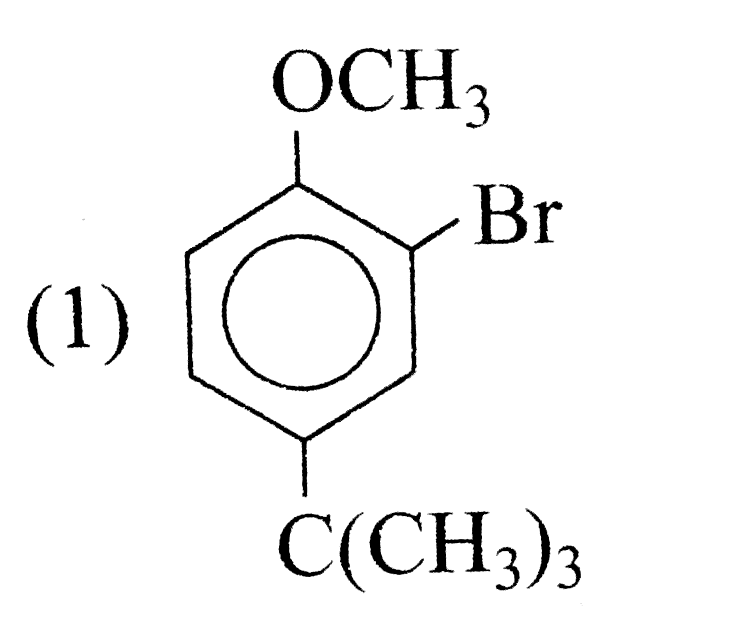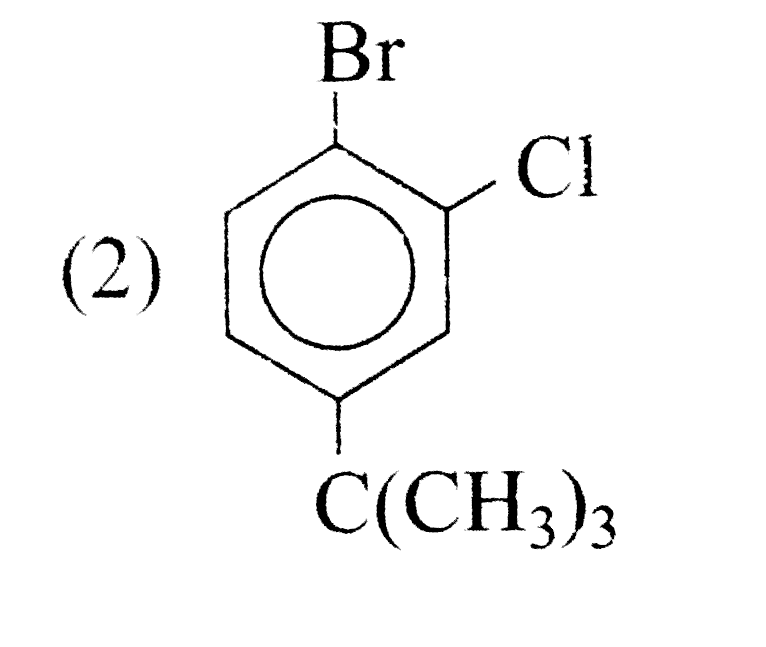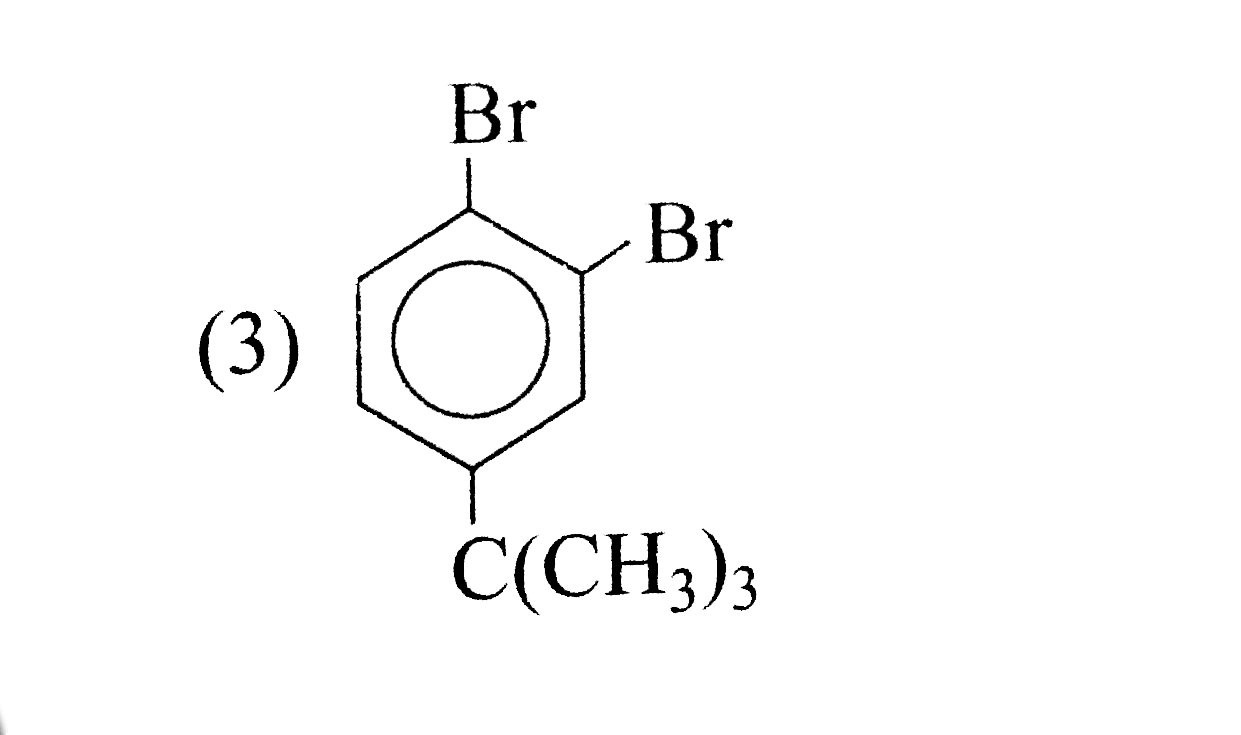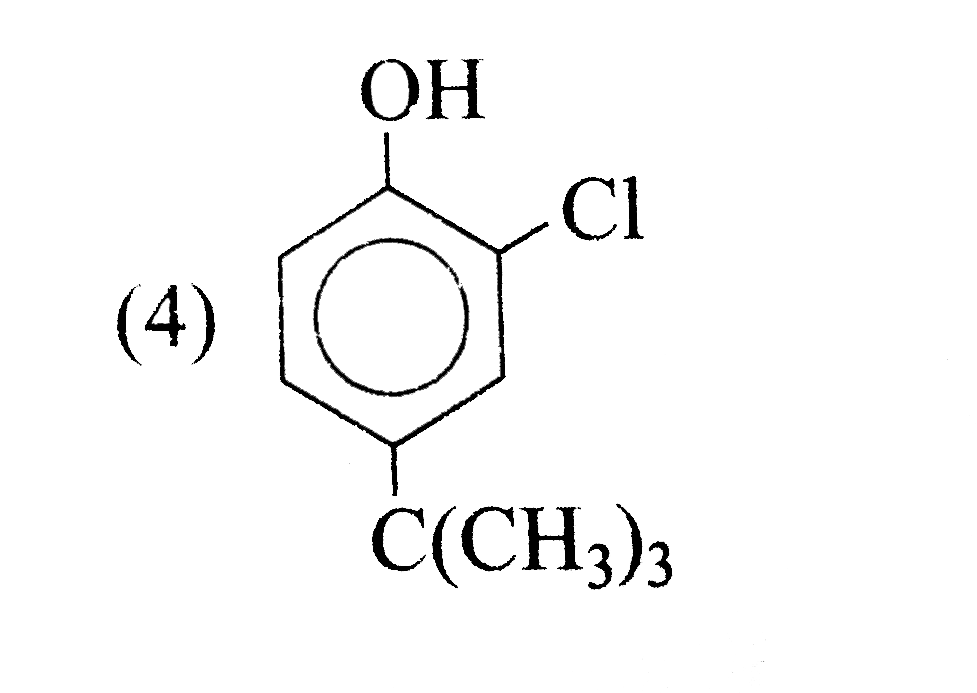C6H6CH3COCl−−−−−−−−→AlCl3AZn−Hg−−−−−−−→HClB
The end product in the above sequence is :
Toluene
Ethyl benzene
Both the above
None
The correct Answer is:B
To solve the given reaction sequence, we will break it down into two main steps involving the reactions of benzene with acyl chloride and then the reduction of the resulting compound.
Step 1: Friedel-Crafts Acylation
1. Starting Material: We begin with benzene (C₆H₆).
2. Reagents: We are reacting benzene with acetyl chloride (CH₃COCl) in the presence of aluminum chloride (AlCl₃), which acts as a Lewis acid.
3. Mechanism:
- The aluminum chloride activates the acetyl chloride by forming a complex, generating a positively charged acylium ion (CH₃C^+=O).
- The acylium ion is a strong electrophile and will react with the nucleophilic benzene ring.
- The benzene ring donates an electron to the acylium ion, leading to the formation of a new carbon-carbon bond and generating a carbocation intermediate.
- The carbocation then loses a proton (H⁺) to restore aromaticity, resulting in the formation of acetophenone (C₆H₅C(O)CH₃).
Step 2: Clemmensen Reduction
1. Starting Material: The product from Step 1 is acetophenone (C₆H₅C(O)CH₃).
2. Reagents: This compound is treated with zinc amalgam (Zn-Hg) in the presence of hydrochloric acid (HCl).
3. Mechanism:
- The Clemmensen reduction involves the reduction of the carbonyl group (C=O) in acetophenone to a methylene group (–CH₂–).
- The carbonyl oxygen is reduced, and the carbonyl carbon is converted to a methylene carbon.
- This results in the formation of ethylbenzene (C₆H₅CH₂CH₃).
Final Product
The end product B in the reaction sequence is ethylbenzene (C₆H₅CH₂CH₃).
Summary of the Reaction Sequence
1. Benzene + Acetyl Chloride (AlCl₃) → Acetophenone (C₆H₅C(O)CH₃)
2. Acetophenone + Zn-Hg/HCl → Ethylbenzene (C₆H₅CH₂CH₃)
Final Answer
The end product B is ethylbenzene (C₆H₅CH₂CH₃).
1. Starting Material: We begin with benzene (C₆H₆).
2. Reagents: We are reacting benzene with acetyl chloride (CH₃COCl) in the presence of aluminum chloride (AlCl₃), which acts as a Lewis acid.
3. Mechanism:
- The aluminum chloride activates the acetyl chloride by forming a complex, generating a positively charged acylium ion (CH₃C^+=O).
- The acylium ion is a strong electrophile and will react with the nucleophilic benzene ring.
- The benzene ring donates an electron to the acylium ion, leading to the formation of a new carbon-carbon bond and generating a carbocation intermediate.
- The carbocation then loses a proton (H⁺) to restore aromaticity, resulting in the formation of acetophenone (C₆H₅C(O)CH₃).
1. Starting Material: The product from Step 1 is acetophenone (C₆H₅C(O)CH₃).
2. Reagents: This compound is treated with zinc amalgam (Zn-Hg) in the presence of hydrochloric acid (HCl).
3. Mechanism:
- The Clemmensen reduction involves the reduction of the carbonyl group (C=O) in acetophenone to a methylene group (–CH₂–).
- The carbonyl oxygen is reduced, and the carbonyl carbon is converted to a methylene carbon.
- This results in the formation of ethylbenzene (C₆H₅CH₂CH₃).
The end product B in the reaction sequence is ethylbenzene (C₆H₅CH₂CH₃).
1. Benzene + Acetyl Chloride (AlCl₃) → Acetophenone (C₆H₅C(O)CH₃)
2. Acetophenone + Zn-Hg/HCl → Ethylbenzene (C₆H₅CH₂CH₃)
The end product B is ethylbenzene (C₆H₅CH₂CH₃).
Topper's Solved these Questions
- AROMATIC COMPOUNDBOOK - MOTIONCHAPTER - AROMATIC COMPOUNDEXERCISE - Exercise - 2 (Level-I)
47 Videos
- AROMATIC COMPOUNDBOOK - MOTIONCHAPTER - AROMATIC COMPOUNDEXERCISE - Exercise - 2 (Level-II)
29 Videos
- ALKYI HALIDEBOOK - MOTIONCHAPTER - ALKYI HALIDEEXERCISE - Exercise - 4 | Level-II
8 Videos
- ATOMIC STRUCTURE BOOK - MOTIONCHAPTER - ATOMIC STRUCTURE EXERCISE - EXERCISE-4 (LEVEL-II)
18 Videos
Similar Questions
Knowledge Check
C6H6CH3COCl−−−−−→AlCl3AZn−Hg−−−−→HClB. The end product in the above sequence is
ATolueneBEthyl benzeneCBoth and aboveDnoneAnisol (CH3)3CCl−−−−−−−−→AlCl3Cl2/FeCl3−−−−−−→HBr−−−−−→heatX
The product X in the above series of reacitons isA B
B C
C D
D
(CH3)2CONaCN−−−−−→(HCl)AH3O+−−−−−−→ΔB In the above sequence of reactions A and B are
A(CH3)2 C (OH)CN, (CH3)2 C(OH)COOHB(CH3)2 C(OH)CN, (CH3)2C(OH)2C(CH3)2C(OH)CN, (CH3)2 CHCOOHD(CH3)2 C(OH)CN, (CH3)2 C = O
But-1-ene(CH3COO)2Hg−−−−−−−−−→H3O?
The product in the above reaction is
View Solution3HC≡CHred hot−−−→Fe(A)CH3COCl−−−−−→AlCl3(B)Ni/H2−−−→25∘CC+D
Relation between C and D
View Solution(CH3)2CONaCN−−−→(HCl)XH3O+−−−→ΔY
In the above sequence of reactions X and Y are
View SolutionC6H6CH3CH2COCl−−−−−−−−→AlCl3KetoneNH2.NH2−−−−−−→baseΔ Product . Here the product is __________.
View SolutionCH3−C≡C−CH3H2−−−−−−→Pd−BaSO4(A)D2−−→Ni(B)
Product (B) of above reaction is
View Solution
